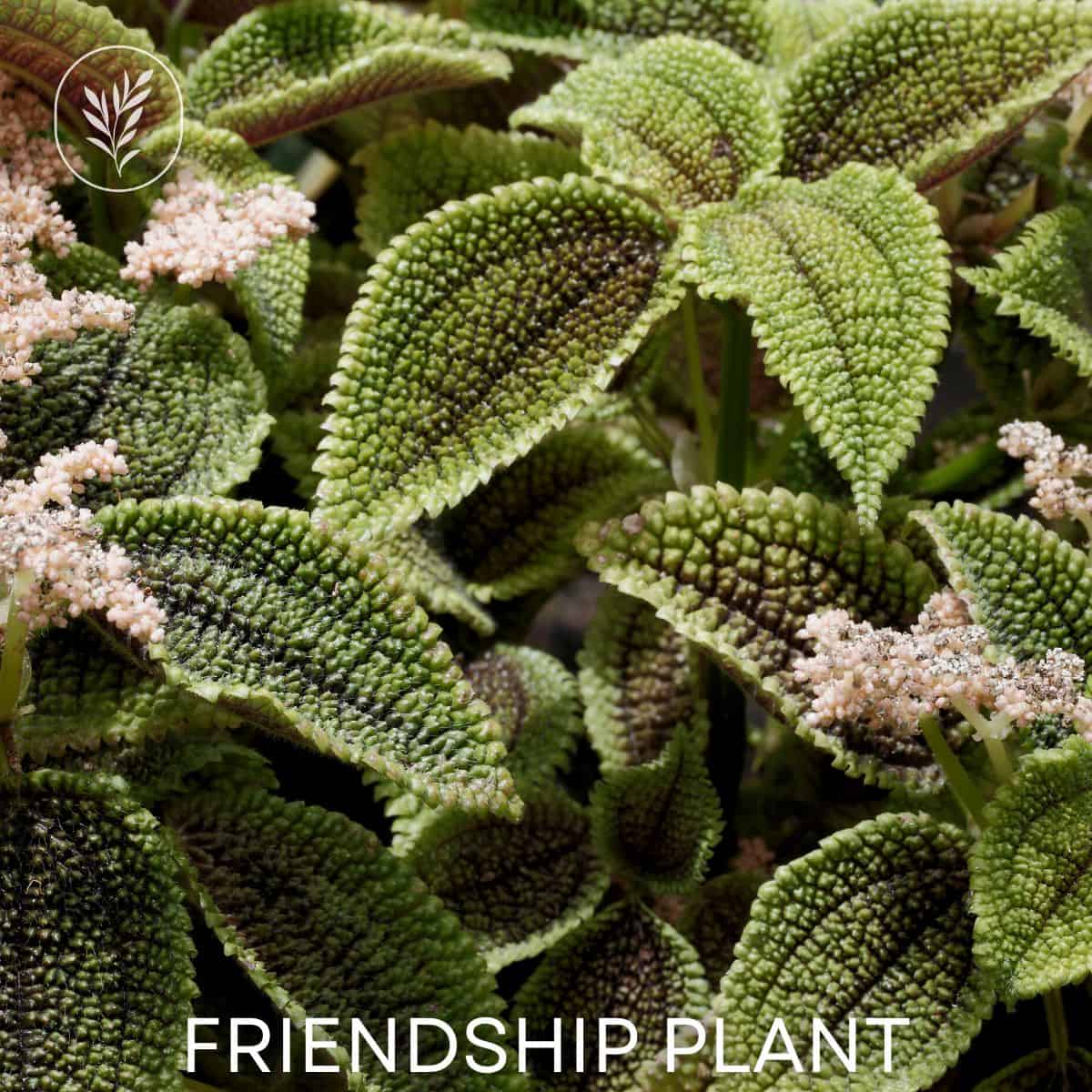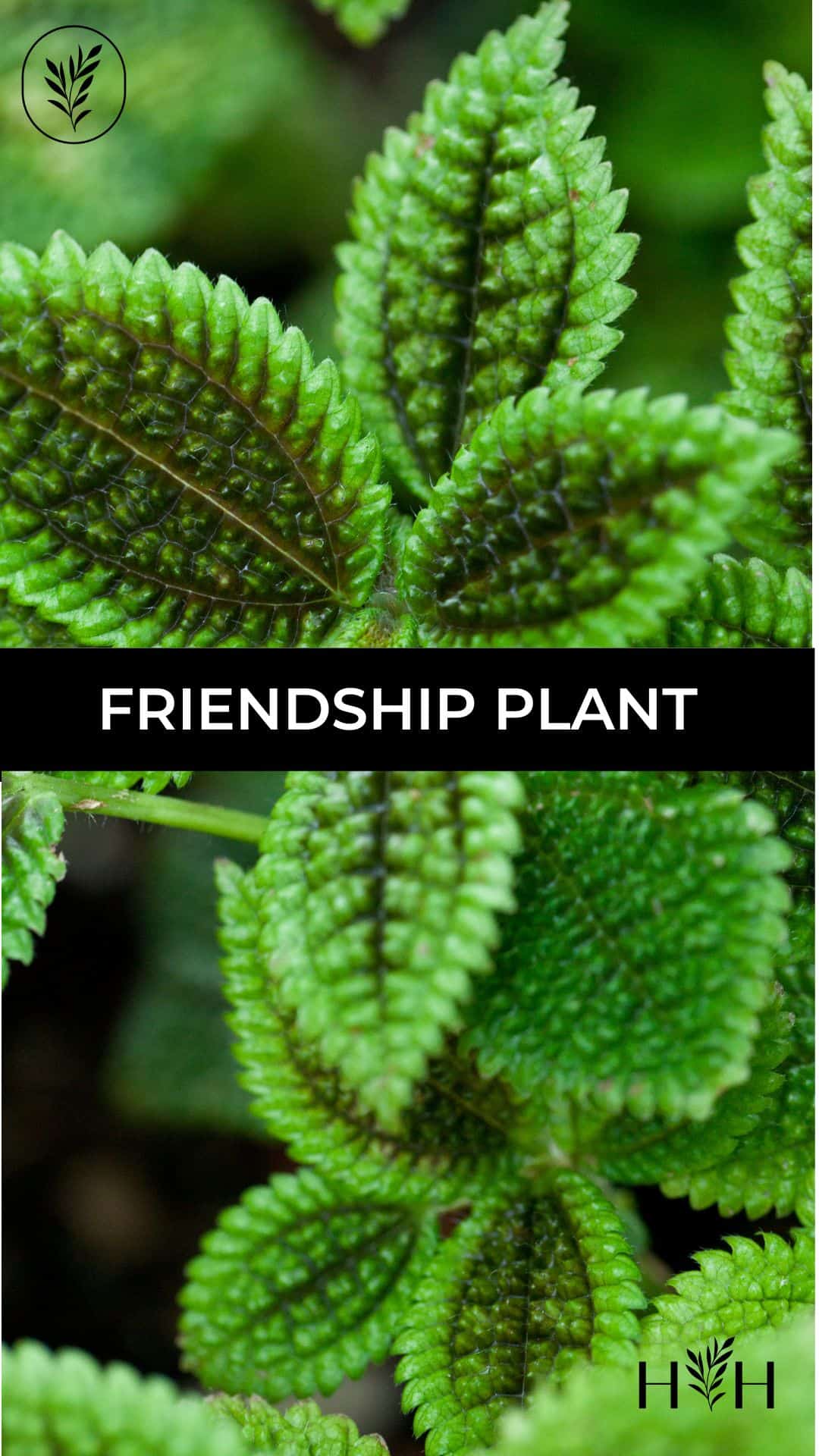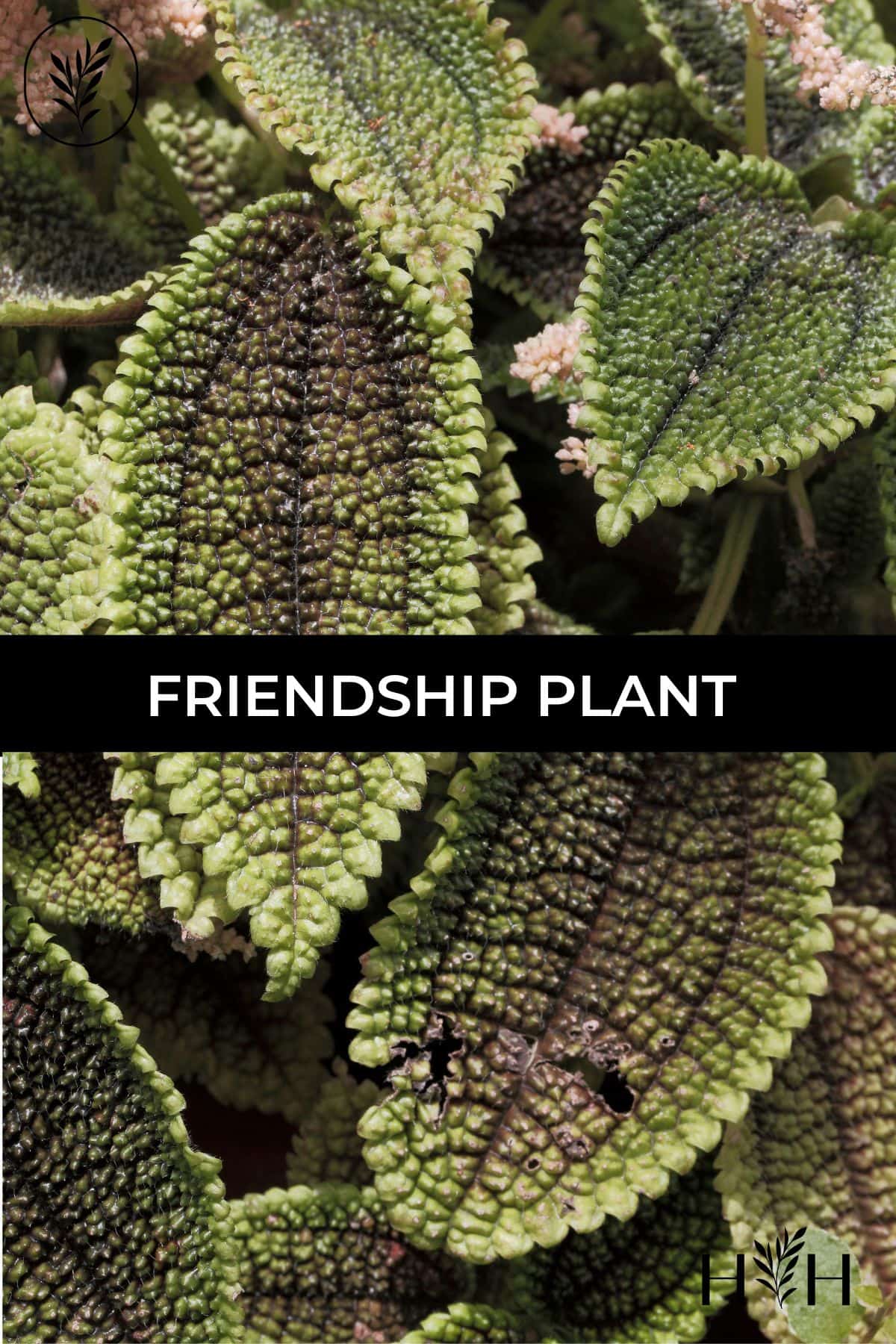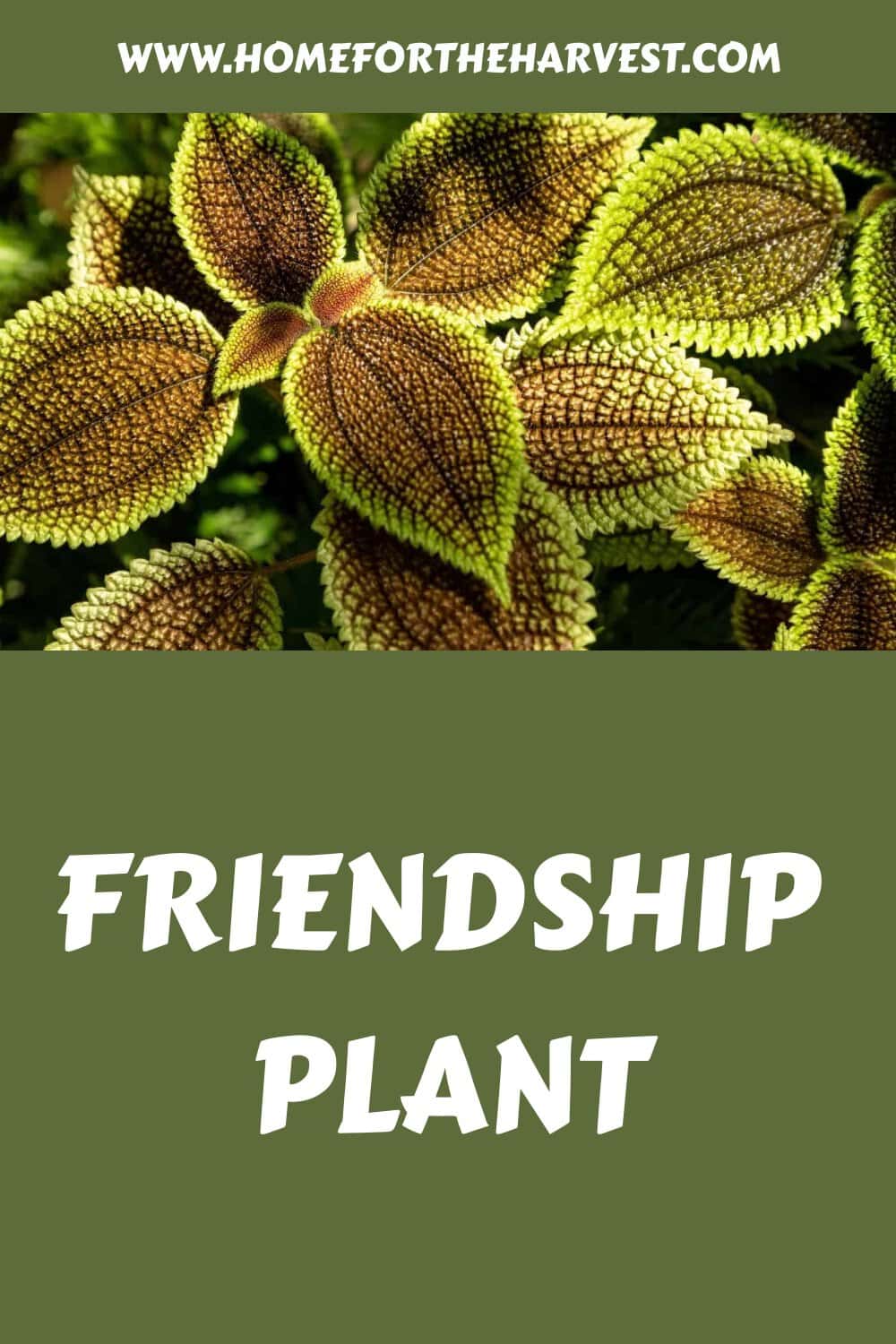Looking for a houseplant that’s easy to propagate? Friendship Plant is one of the best!
The Friendship Plant (Pilea involucrata) is a tropical plant native to Central & South America that is commonly grown as a houseplant. This plant is called Friendship Plant because its stems root so easily it’s easy to share plants with others. Friendship Plant grows well in high-humidity locations like sunny bathrooms or inside glass terrariums but is otherwise low-maintenance.
Read on to learn more about Friendship Plant!
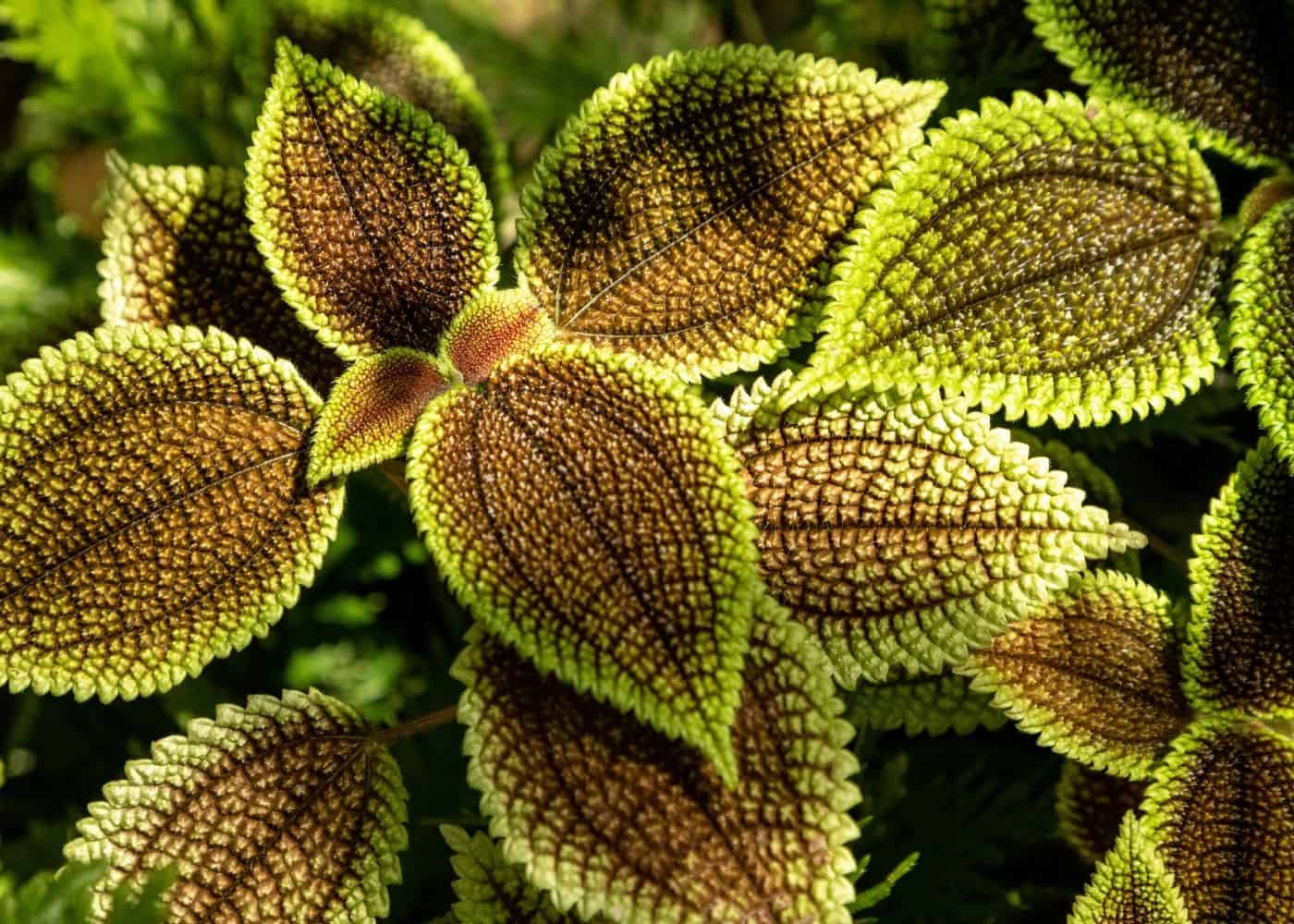
Friendship plant basics
Friendship Plants, also known as Pilea involucrata, are popular houseplants favored for easy maintenance and rapid propagation. Friendship Plants are easily characterized by their velvety, quilted leaves with serrated edges. In addition, these tiny but mighty houseplants thrive in humid environments and are non-toxic to pets. This article will cover the basics of owning and caring for Friendship Plants so that you can help your plant thrive in your home!
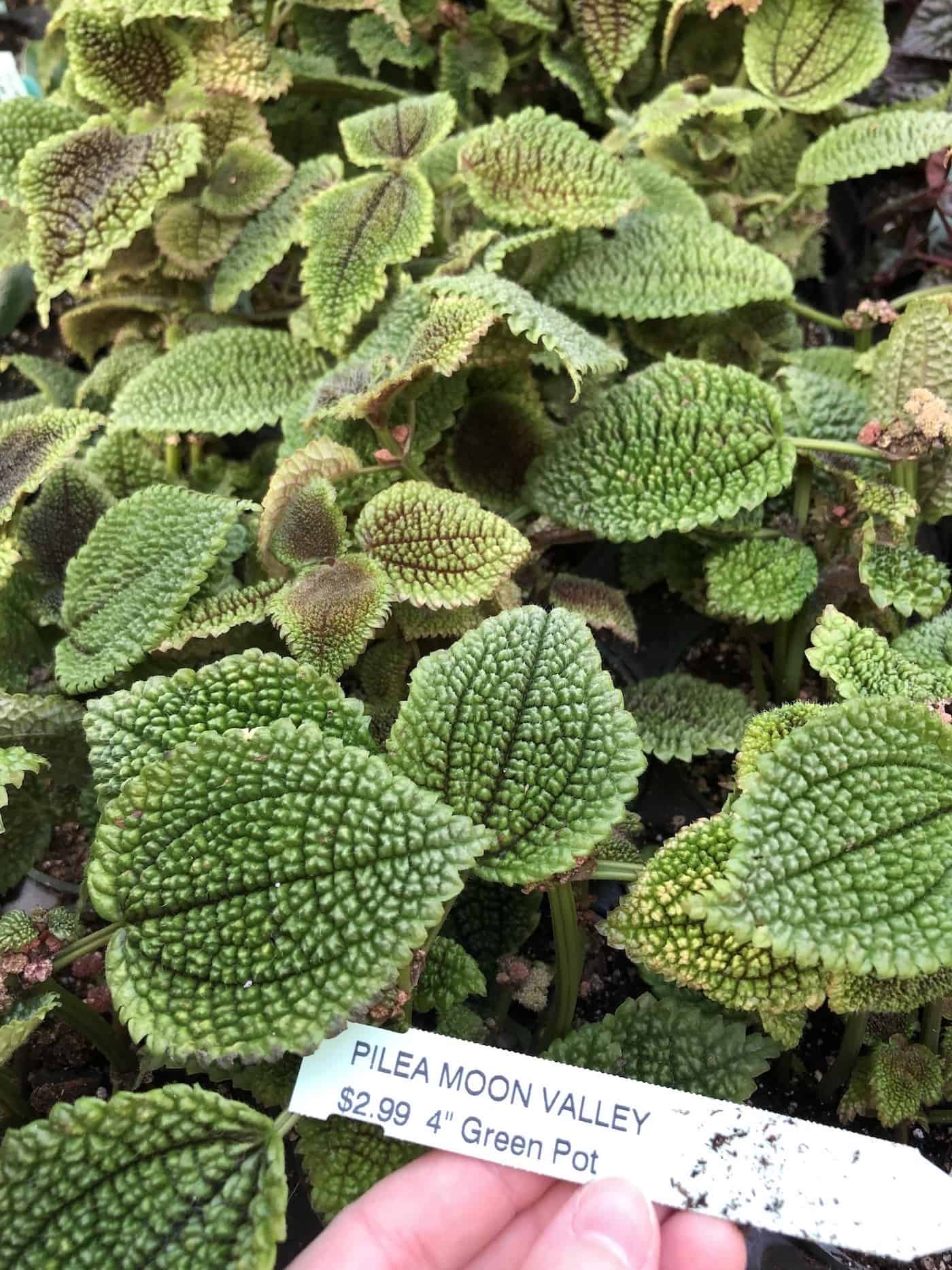
Buying friendship plant
You can buy Friendship Plants at almost any garden store or plant nursery. You can also purchase Friendship Plants online and have them shipped.
Friendship plant care guide
Here are the basics of caring for your friendship plant:
Watering friendship plants
Friendship Plants thrive in humid environments, but not in wet, soggy, stagnant soil. When watering your Friendship Plant, make sure you water thoroughly and allow all the water to flow out through the drainage holes at the bottom of the pot. Then, empty the drain tray so that the plant isn’t sitting in water as this may cause root rot.
In addition, you can cut back on watering in the winter because your plant isn’t growing as much. Lastly, let the soil dry out slightly between watering to prevent soggy soil. If the soil gets too crusty and dry between waterings, you can break it up with a chopstick or skewer.
Light requirements for friendship plants
Friendship Plants require bright, indirect sunlight for at least 6-8 hours a day. Although these plants can also thrive in low-light conditions like a terrarium or bathroom, they need at least a few hours of bright, indirect light a day. If you don’t have ample sunlight in your home, you can always use artificial plant lights, which work exceptionally well for Friendship Plants.
On the other hand, too much harsh light can cause foliage to burn. So, you want to make sure you don’t place your plant under direct sunlight. But, you can always put your plant under a shaded area just in case.
Fertilizer for friendship plants
You can give your Friendship Plant a diluted liquid organic fertilizer or a sprinkle-on granular fertilizer once a month during the spring and summer when the plant is actively growing. During the winter, stop giving your plant fertilizer and let it rest until the spring.
Humidity & temperature for friendship plants
Hailing from the tropical regions of Central and South America, Friendship Plants thrive on ample humidity and don’t do well in dry environments. These plants thrive in 65-75 degree weather. If the temperature falls below this range, your plant can become stressed and start to wilt.
So, keep your plant in an area with static temperature that doesn’t fluctuate between warm and cold. In addition, these plants require a humidity range of 50% and above. If your house is on the drier side, you might want to invest in a small humidifier to keep near your plant to provide ample humidity or consider placing the plant in a glass terrarium.
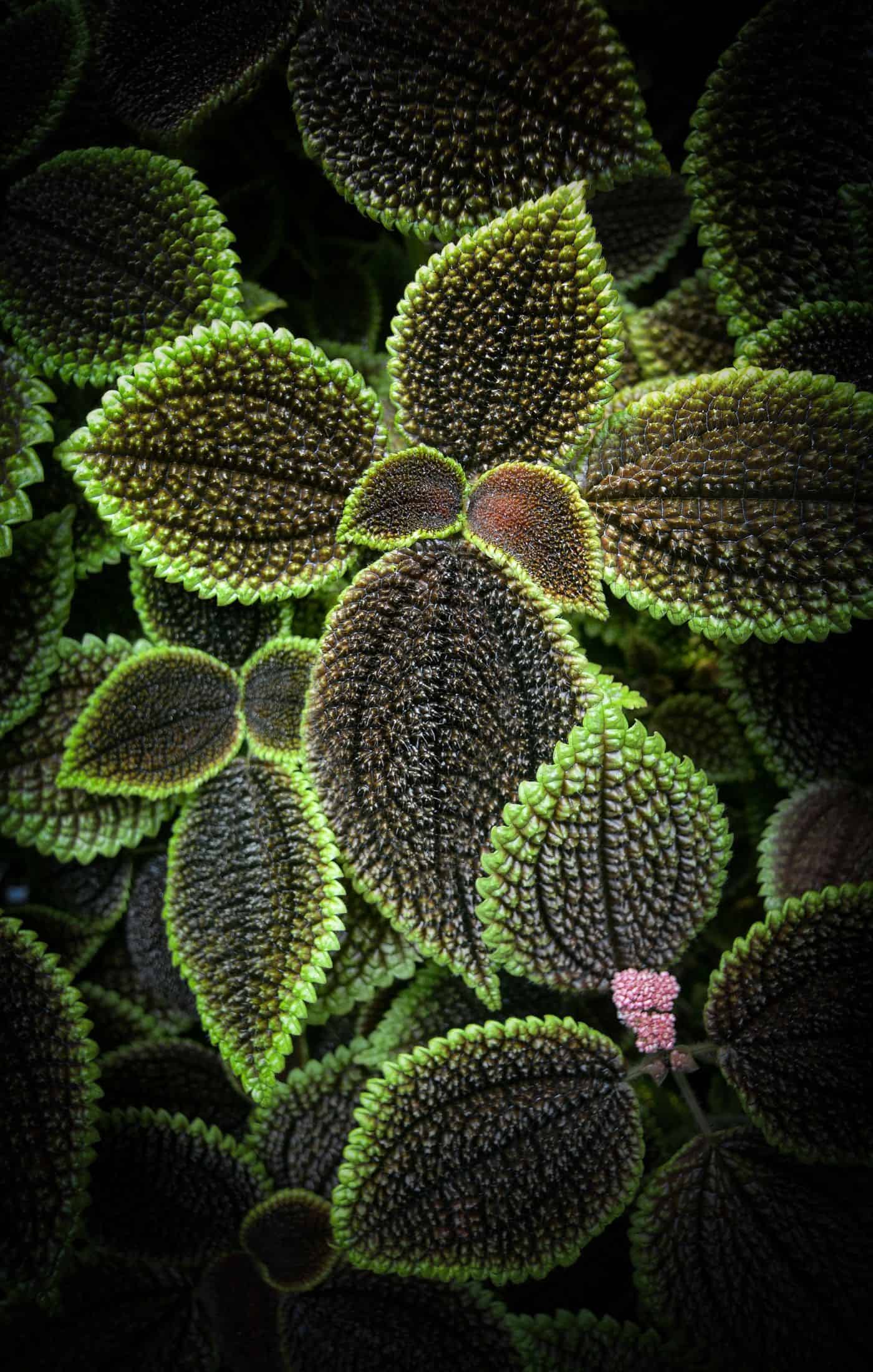
Repotting friendship plants
You will need to repot your Friendship Plant every few years to continue to grow. If your plant gets too bushy in between repotting, you can pinch it to keep it looking healthy.
Potting soil for friendship plants
Friendship Plants require well-draining, organic soil that provides plenty of nutrients to its roots. In addition, these plants thrive on moist, not soggy soil, so it’s important to have soil with plenty of drainages.
Planter pots for friendship plants
The best pots for Friendship Plants have plenty of drainage holes or wick away moisture. For example, plastic pots with several drainage holes work well for Friendship Plants because water can easily flow through the soil and into a drainage tray. However, plastic pots tend to keep the soil relatively moist, so it’s important not to overwater your plant if it’s in a plastic pot.
On the other hand, clay pots work well for Friendship Plants because they are moisture-wicking and do a great job of keeping the soil moist but not soggy. However, clay pots can dry out the soil faster than plastic pots, so you’ll want to regularly check the soil’s moisture to prevent it from drying out.
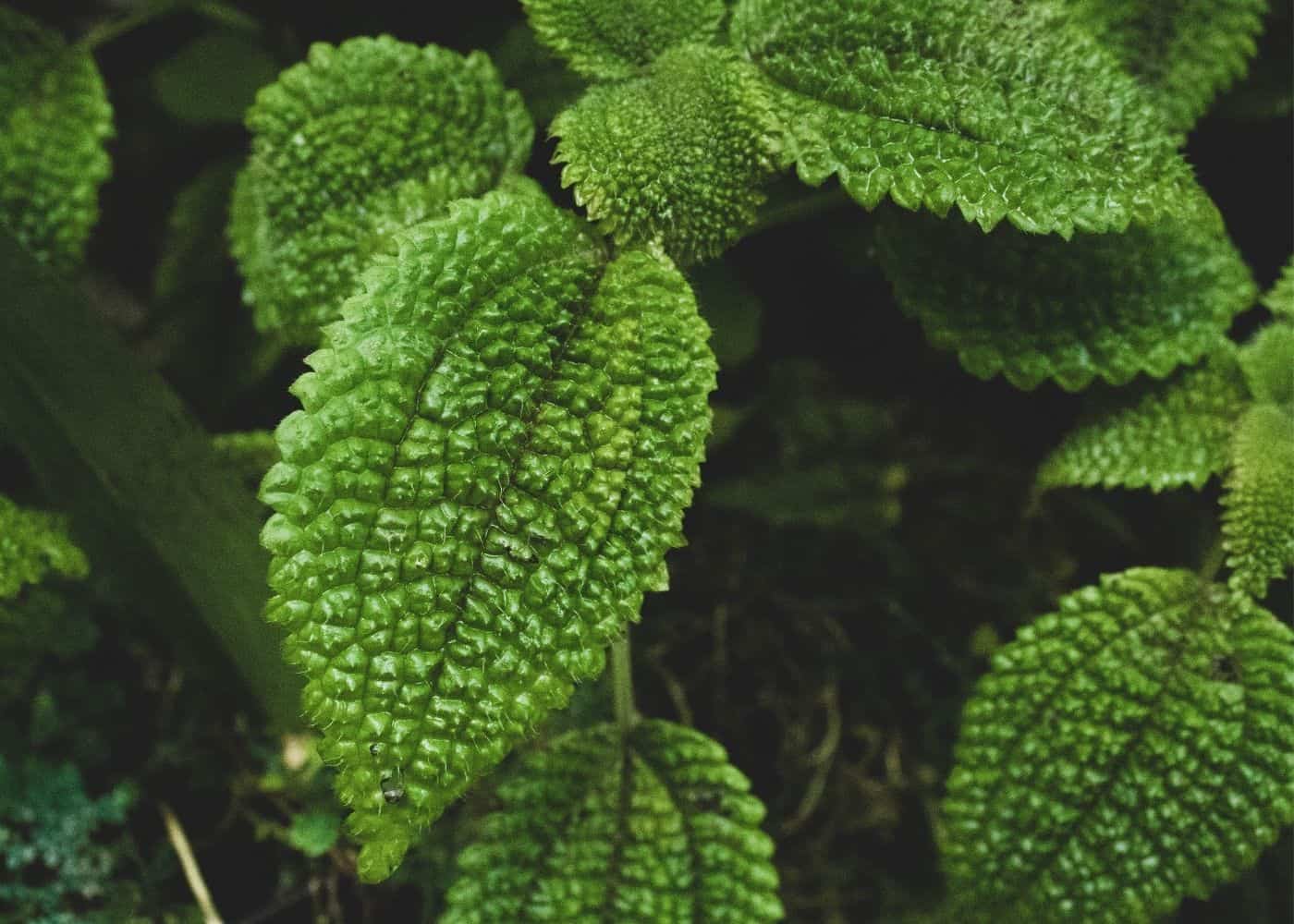
Propagating friendship plants
Friendship Plants get their name from their ease of propagation, making it easy to give them out to your friends! These plants are fast growers and need to be pinched or pruned to keep their shape. However, instead of throwing the stem cuttings away, you can use them to propagate new plants!
To propagate Friendship Plants:
- Trim off healthy stems that are around 4 inches long. You want these stems to have multiple leaves, which means the stem is healthy and will propagate quickly.
- To aid the propagation process, dip the tip of the stem in rooting hormone powder.
- Plant your stem cuttings in moist, well-draining soil and water thoroughly.
- Place the pot and cuttings in bright, indirect light with a plastic bag over the pot to trap moisture.
- Roots will begin showing in a few weeks to a month!
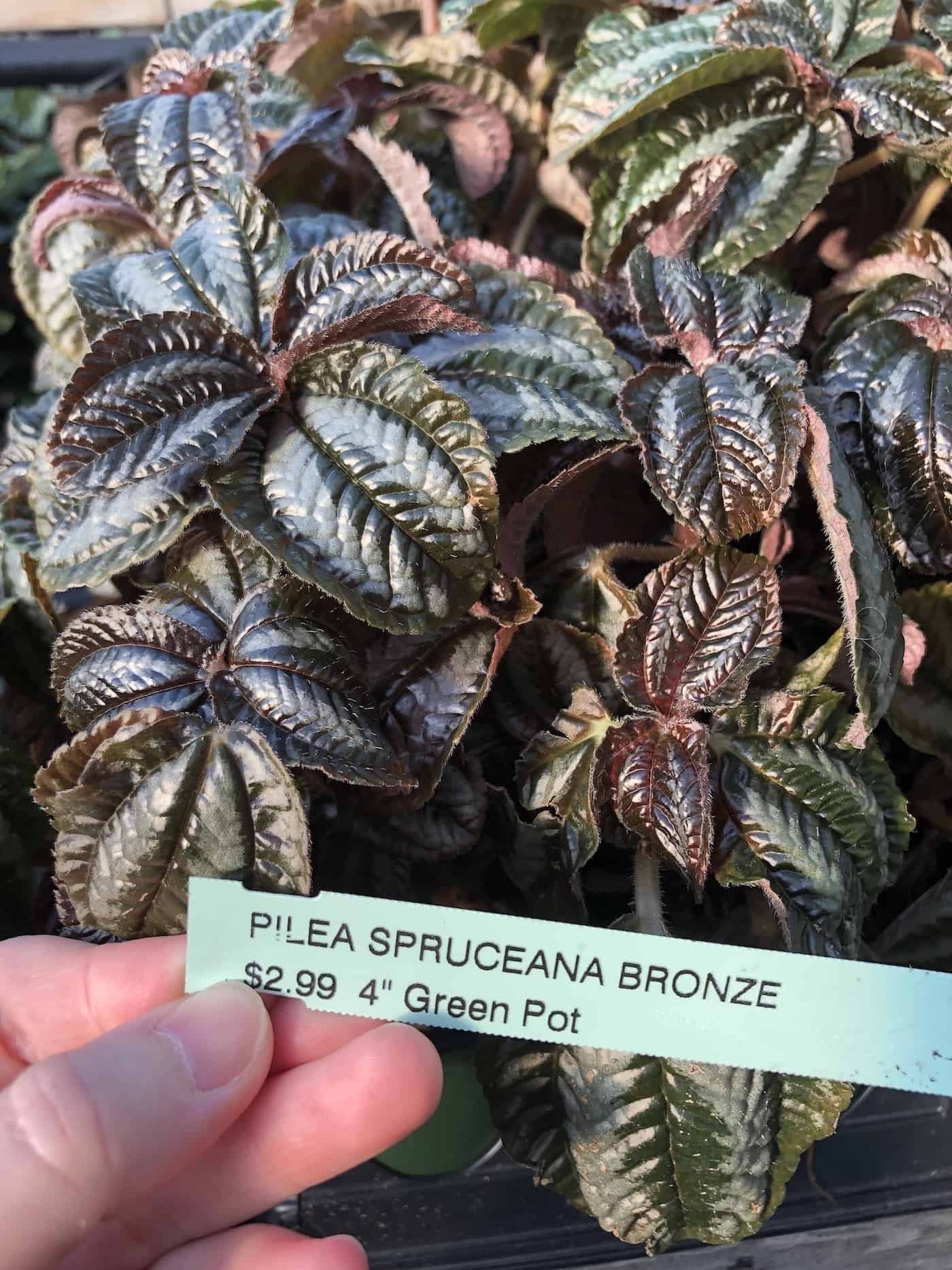
Common pests affecting friendship plants
Friendship Plants are relatively tolerant of pests, given that you properly care for them. However, if you overwater or overfertilize your plant, it can experience mealybugs or spider mites. In particular, spider mites can also attack overly dry plants, so make sure your plant has plenty of humidity. In addition, these pests tend to attack poorly cared-for plants, so make sure your plant is properly cared for and is healthy.
If your Friendship plant has small bugs on it or visible webbing from spider mites, start by washing the foliage with soapy water. Pay attention to the undersides of the leaves and the points where the leaves meet the stems. Then treat the entire plant with an organic insecticide.
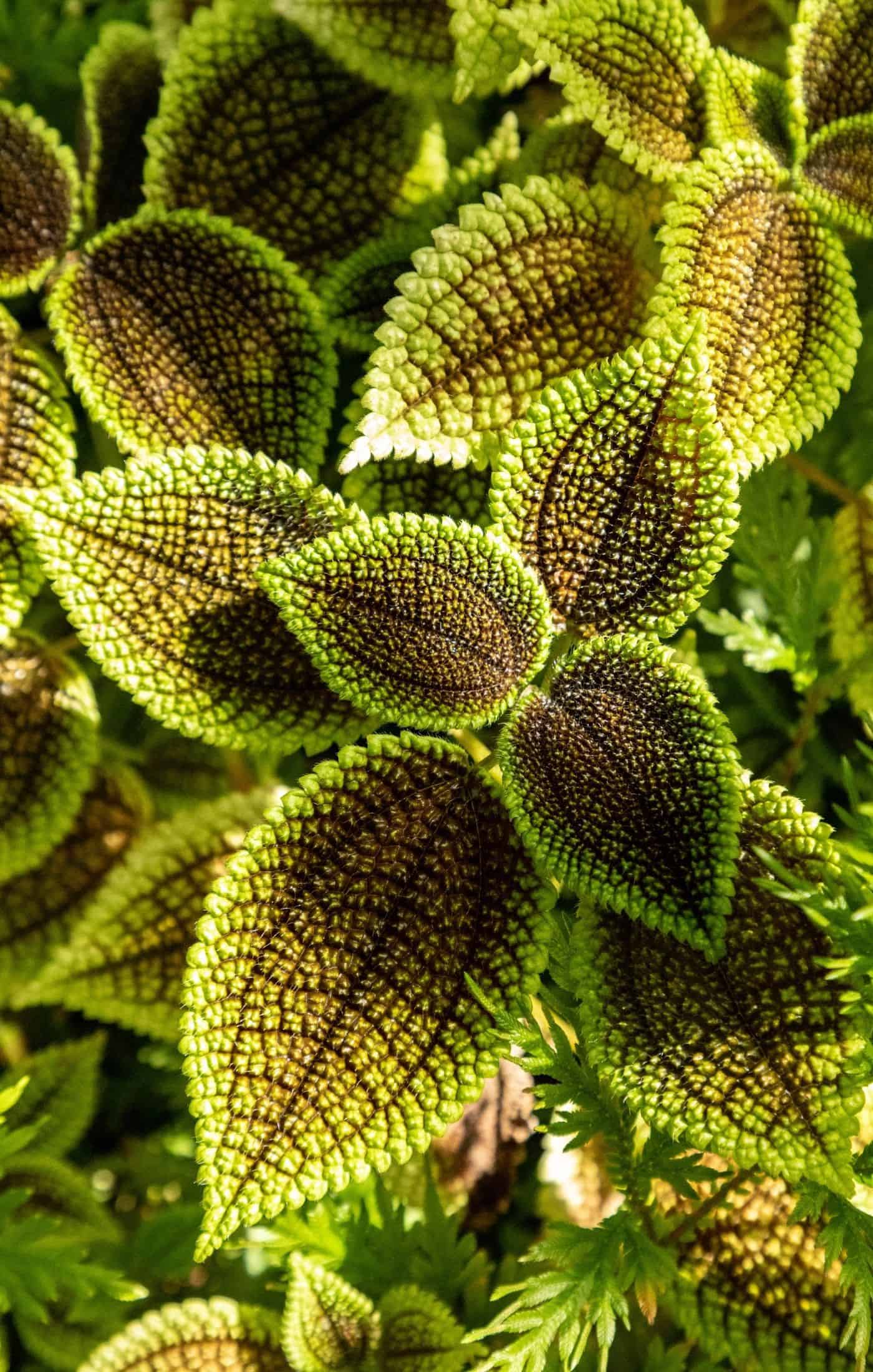
Common diseases affecting friendship plants
Friendship Plants may experience leaf spot disease or root rot if not cared for properly. Leaf spot disease, for instance, occurs from underwatering, overwatering, or dry conditions. So, watering your Friendship Plant properly along with well-draining soil and humidity can prevent leaf spot disease.
In addition, root rot occurs due to soggy, poorly draining soil letting the roots sit in stagnant water. The best way to prevent root rot is to let the soil get slightly dry between waterings, use well-draining soil, and keep your plant in a pot with ample drainage holes.


